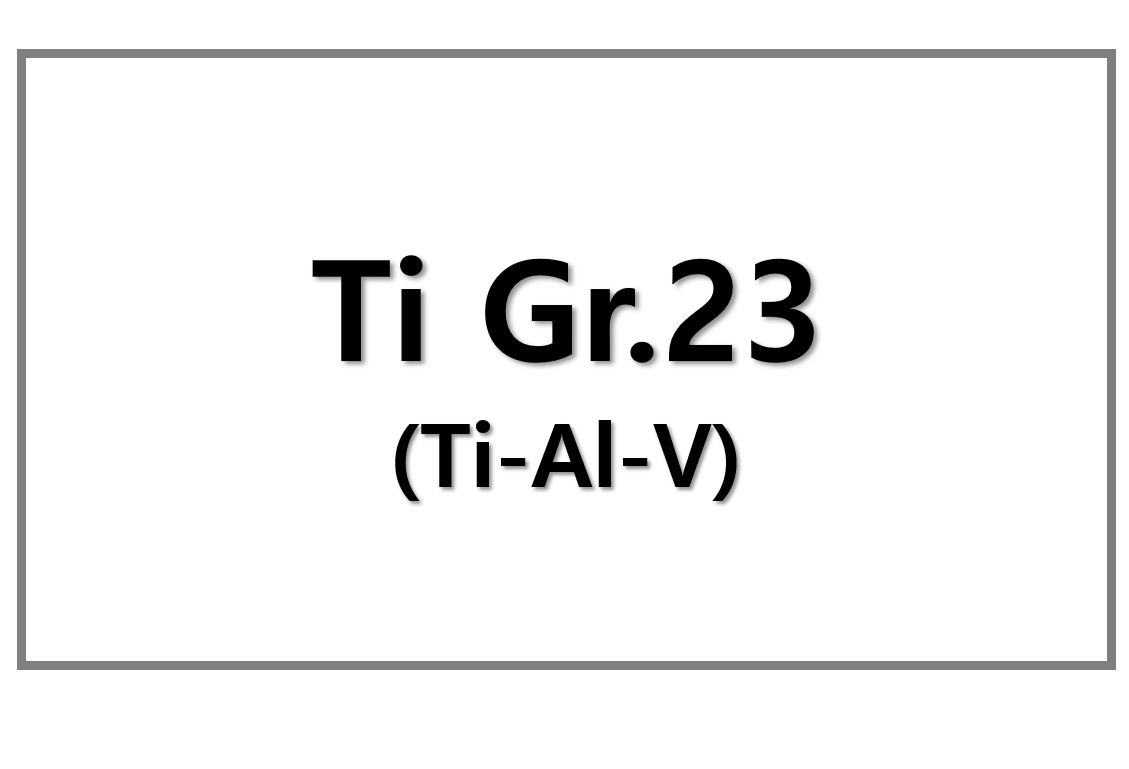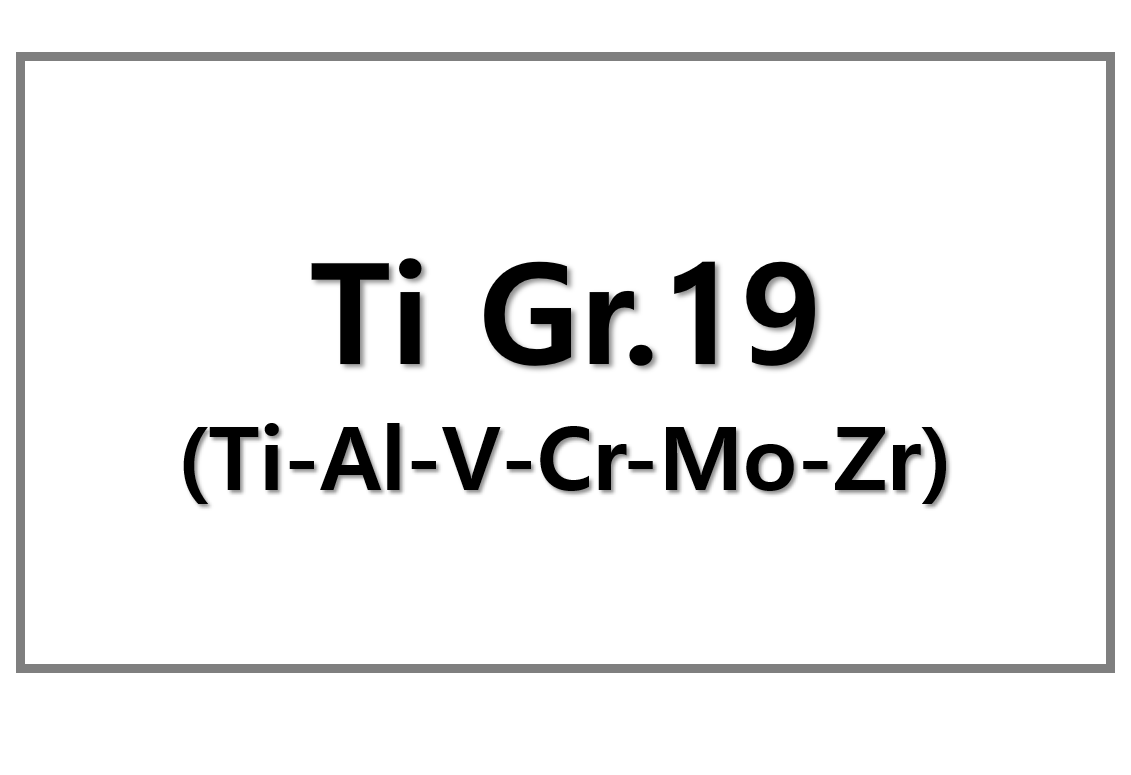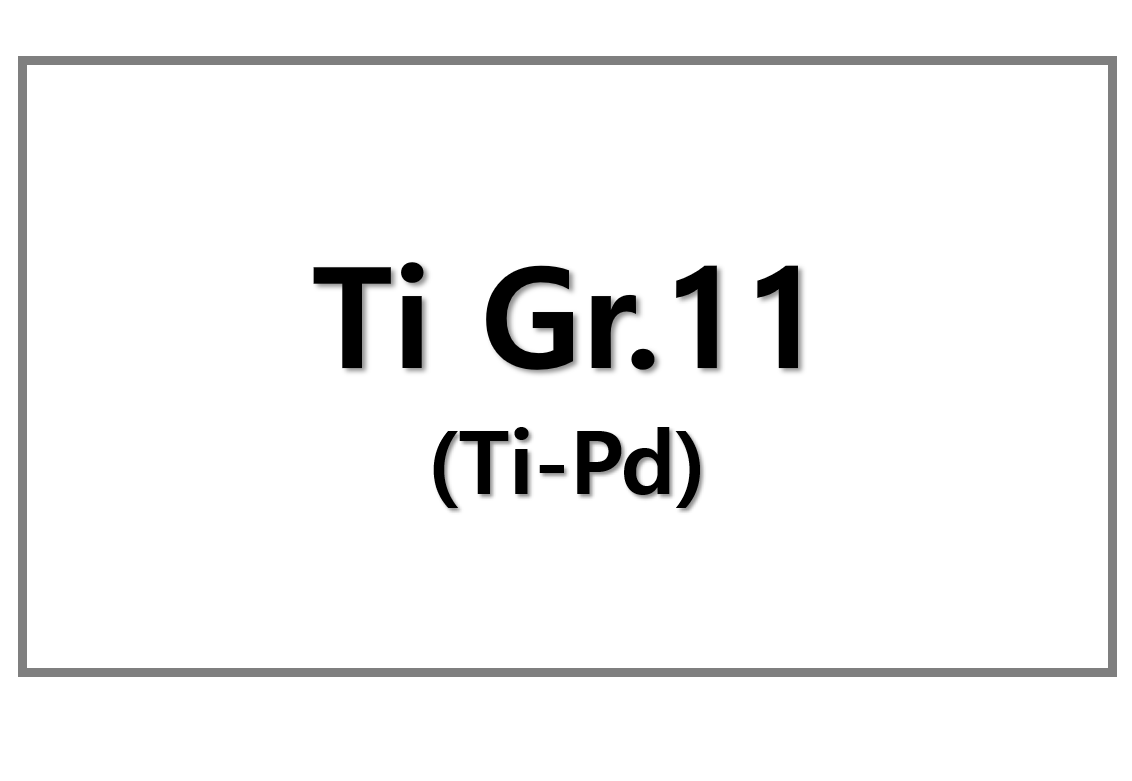
Codelco Maintains Production Growth Despite El Teniente Accident
Codelco, the world’s largest copper producer, plans modest output gains in 2025 and 2026. The announcement follows a deadly collapse at its El Teniente mine. Chairman Máximo Pacheco told Bloomberg the company expects production to slightly exceed 2024 levels, reinforcing confidence in global supply resilience.
The July 31 accident initially cut 48,000 tonnes from 2024 output. Despite this, the first nine months of 2025 saw copper production rise 2.1% to 937,000 tonnes. Improved extraction at Ministro Hales and contributions from Rajo Inca added 21,200 tonnes, offsetting some disruption.
CEO Rubén Alvarado highlighted that maintaining production growth amid the accident demonstrates operational strength. A full report on El Teniente is expected by year-end. Analysts note the affected area contains replacement resources, with lingering effects anticipated in future years.
Codelco Output Forecast and Global Copper Market Implications
Codelco’s resilience comes as the company navigates $24 billion in debt, one of the highest among major miners. BMO Capital Markets warns the accident could introduce downside risks to 2025-26 copper supply forecasts. Their models project global copper deficits of 200,000 tonnes next year and 300,000 tonnes in 2026, supporting copper prices around $10,500 per tonne.
Despite the challenges, total production including El Abra (49%), Anglo American Sur (20%), and Quebrada Blanca (10%) reached 1.016 million tonnes in Q3, 1.4% higher than the same quarter last year. Consultants from Plusmining emphasize that maintaining growth amid these disruptions will remain a key factor for the market.
SuperMetalPrice Commentary:
Codelco’s outlook highlights the resilience of major copper producers in managing accidents and maintaining output. The modest gains reduce near-term global supply risks while underlining the importance of operational efficiency in aging mines. SuperMetalPrice expects copper prices to remain supported by structural deficits, especially if other major suppliers face operational challenges. Investors should monitor debt levels and production ramp-ups as indicators of both supply stability and company profitability.











Leave a Reply
You must be logged in to post a comment.